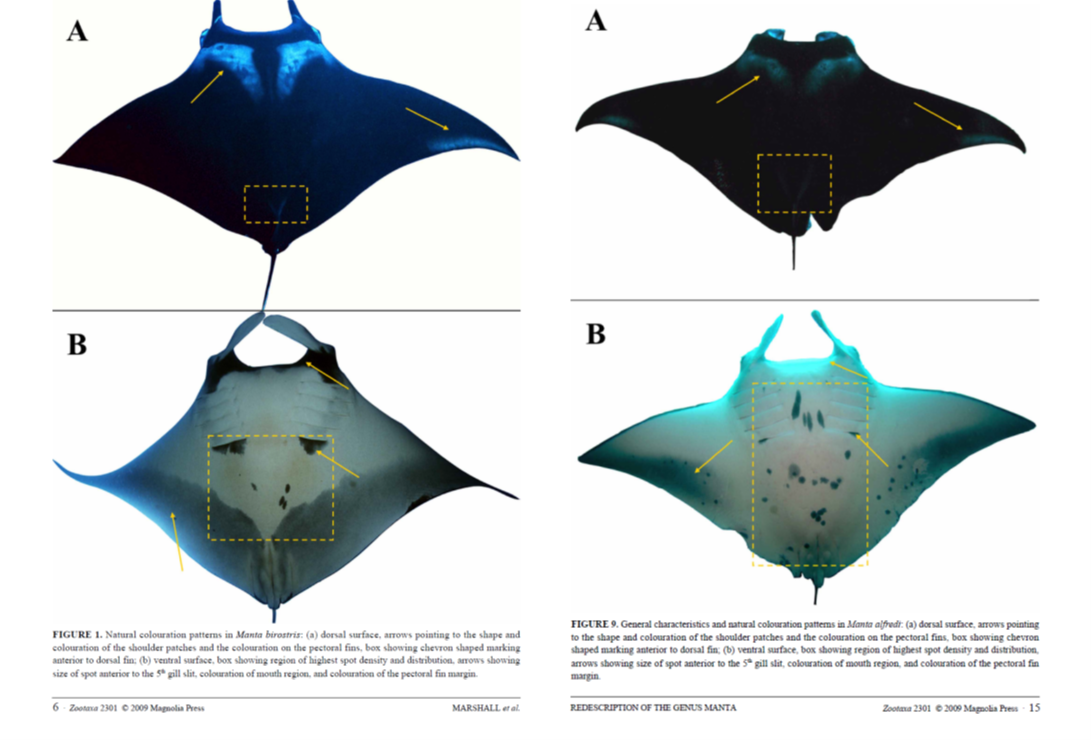
The venom in a stingray’s barb is lethal enough to kill humans. Depending on the type of stingray, the barb may have serrated edges and venom. They may look alike to the casual observer, but they are very different. You are more likely to see spine-tailed devil rays in groups. The most significant difference between these animals is their tails. Behaviour – Oceanic manta rays are generally solitary (besides for courtship, mating and aggregating at feeding sites or cleaning stations). Depending on the concentration of food, these rays may feed in a straight line or barrel roll (somersault) through the water column.Ĩ. Diet – Both oceanic manta rays and spine-tailed devil rays feed on plankton such as krill, copepods and crustacean larvae. Analysis of collection records and sightings data suggest that spine-tailed devil rays are more abundant than oceanic manta rays in New Zealand.ħ. Mobula rays closely related to sharks and are part of the family Mobulidae, which also contains two species of manta ray. Population Size – Global population size estimates for both species are lacking as well as population size estimates for New Zealand. In New Zealand, they are usually found in waters deeper than 200m in the open ocean. The oceanic manta rays are generally found along the continental shelf in water temperatures of 18☌ or more.Ħ. Range – The spine-tailed devil ray is found worldwide in tropical to warm, temperate waters. Stingers – Whilst both are closely related to stingrays, the oceanic manta ray does not have a stinger at the end of its tail whereas the spine-tailed devil ray does.

Appearance – Besides their difference in size, there are some differences in appearance which can help us tell the two apart.Ĥ.

Length – A fully grown oceanic manta ray’s wingspan can reach up to 7m whilst spine-tailed devil rays reach to about 2m.ģ.

Size – Adult oceanic manta rays weigh up to 2,000kg whereas the spine-tailed devil rays reach about 300kg in weight.Ģ. We’ve written this species spotlight in conjunction with Manta Watch New Zealand, to raise awareness of their research about these majestic creatures.ġ. Manta rays are much larger than sting rays Stingrays have tails poisonous barbs on their tails, mantas do not have stingers Mantas are filter feeders and eat. These impressive rays are often confused with spine-tailed devil rays. Current knowledge of oceanic manta rays in New Zealand is very limited.


 0 kommentar(er)
0 kommentar(er)
